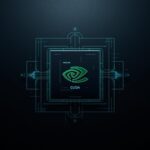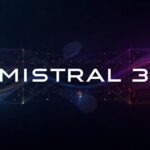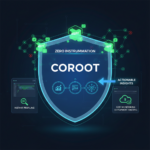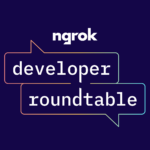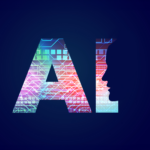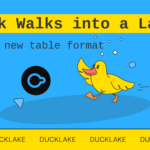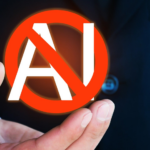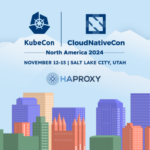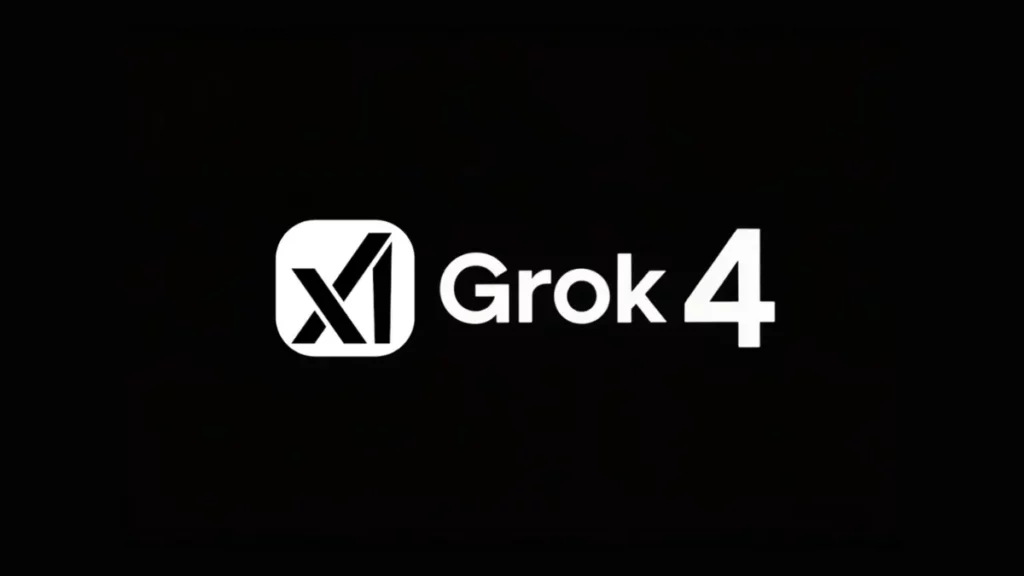
Understanding ARC-AGI-2: The Real Test of Machine Intelligence
In the pursuit of Artificial General Intelligence (AGI), traditional NLP benchmarks like MMLU, GSM8K, and HumanEval provide useful indicators—but they still fall short of simulating how humans solve complex problems. That’s where ARC-AGI-2 (Abstraction and Reasoning Corpus 2) comes in.
Designed as a successor to François Chollet’s original ARC benchmark, ARC-AGI-2 pushes models into the realm of true abstraction, zero-shot reasoning, and cognitive flexibility. It challenges AI systems to generalize from a handful of abstract visual puzzles—something humans do naturally but machines notoriously struggle with.
Why ARC-AGI-2 Matters:
- No training examples—pure zero-shot testing
- Requires multi-step reasoning and planning
- Strong emphasis on out-of-distribution generalization
- Involves conceptual pattern recognition, not language tricks
- Closely resembles the challenges in cognitive science IQ tests
What is Grok 4 (Thinking) and How Is It Different?
Grok 4 (Thinking) is a specialized variant of the Grok model series developed by xAI, the artificial intelligence company founded by Elon Musk. Unlike regular LLMs that often rely on surface-level pattern matching, the “Thinking” version is engineered to emulate human-like thought processes.
This involves:
- Running internal reasoning loops before generating an answer
- Applying chain-of-thought logic without requiring explicit prompting
- Leveraging an optimized memory mechanism to simulate mental rehearsal
- Enhancing recursive problem-solving skills in abstract domains
This architecture is explicitly tuned for high-cognition tasks, like those featured in ARC-AGI-2, and has proven to be a game-changer.
Breaking Down the ARC-AGI-2 Leaderboard
The ARC-AGI-2 leaderboard maps models based on their Score (%) vs. Cost per Task ($). It shows how well a model performs and how efficient it is. The graph paints a clear picture: Grok 4 (Thinking) is not only the most capable but also economically reasonable compared to other high-performing contenders.
Key Highlights from the Leaderboard:
- Grok 4 (Thinking) achieves 15.9%, far ahead of all commercial and open-source models.
- The previous best, Claude Opus 1 (Thinking 16k), stands at just 8.4%.
- GPT-4.5, a top commercial model, hovers around 5.5–6%, while incurring higher per-task costs.
- Open-source models like a3-pro (High) and a3-preview (Low) are cost-effective but cap out under 5% in score.
- Grok 4’s performance places it on the efficient frontier—high accuracy without excessive compute cost.
Why This is a Milestone Moment for AGI Development
Grok 4 (Thinking)’s performance isn’t just a statistical win—it has broader implications in the AI world. It signifies a shift from models that respond to prompts, to those that “think before they speak.”
Here’s why this is a major milestone:
- 🧩 It brings us closer to AGI. True general intelligence is marked by the ability to reason abstractly. Grok 4 shows serious progress here.
- 💡 It validates internal reasoning loops. Chain-of-thought is no longer just a trick; it’s becoming a core architectural advantage.
- 🔍 It beats human-curated prompt engineering. Unlike manually guided models, Grok 4 (Thinking) internally derives reasoning paths.
- 🛠️ It enables more real-world use cases. Complex planning, coding agents, logical flows, and even science applications can benefit.
- 💰 It does all this while being cost-effective. Balancing capability and cost is essential for adoption at scale.
What to Expect in the Near Future
This advancement will likely trigger a wave of innovation and competition. Companies and open-source groups will race to replicate or beat Grok’s architecture, potentially focusing on auto-reflection, self-evaluation, and zero-shot agentic planning.
Expect the following trends:
- Rise of “thinking-first” model variants across the industry
- Further iterations of ARC-style benchmarks to assess human-like learning
- AI agents capable of multi-modal reasoning (text + vision + logic)
- Widening gap between surface-level LLMs and deep cognitive models
Bonus: Want to Explore or Compete?
The ARC-AGI benchmark competition is live on Kaggle, and it’s open to researchers, companies, and hobbyists. You can explore tasks or even submit your models for evaluation. Check it out here:
👉 https://www.kaggle.com/competitions/arc-agi
Final Thoughts
Grok 4 (Thinking) isn’t just a model—it’s a signal. A signal that LLMs are evolving from fluent speakers to competent thinkers. While we’re still far from full AGI, this leap is undeniable progress in the right direction. The benchmark has changed, both metaphorically and literally. The next era of AI belongs to those that can truly reason—and Grok 4 (Thinking) is currently leading that charge.
Follow us for more Updates

